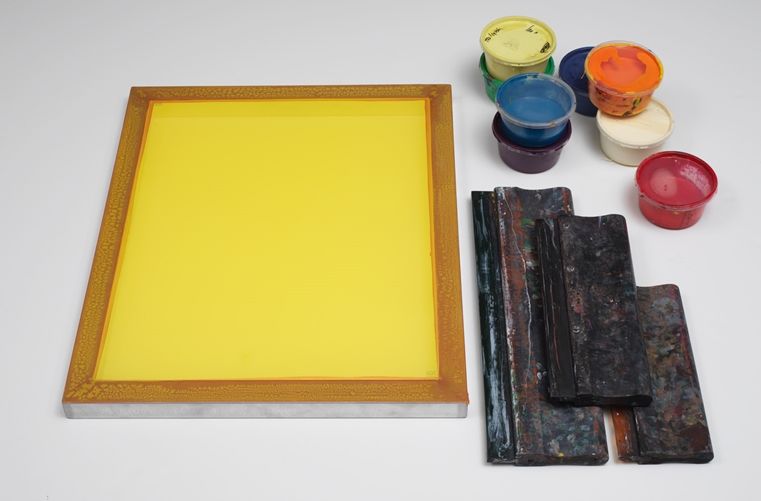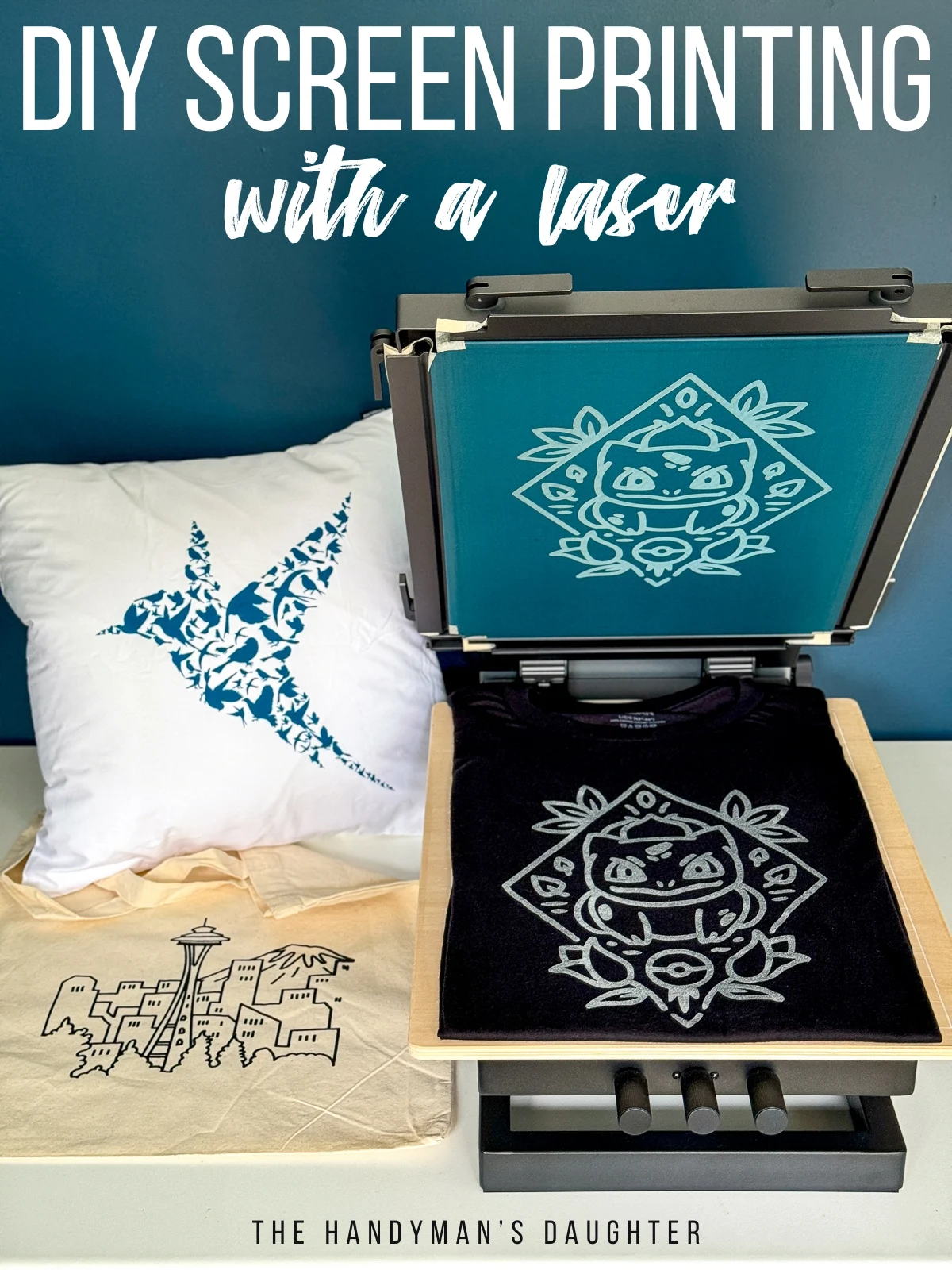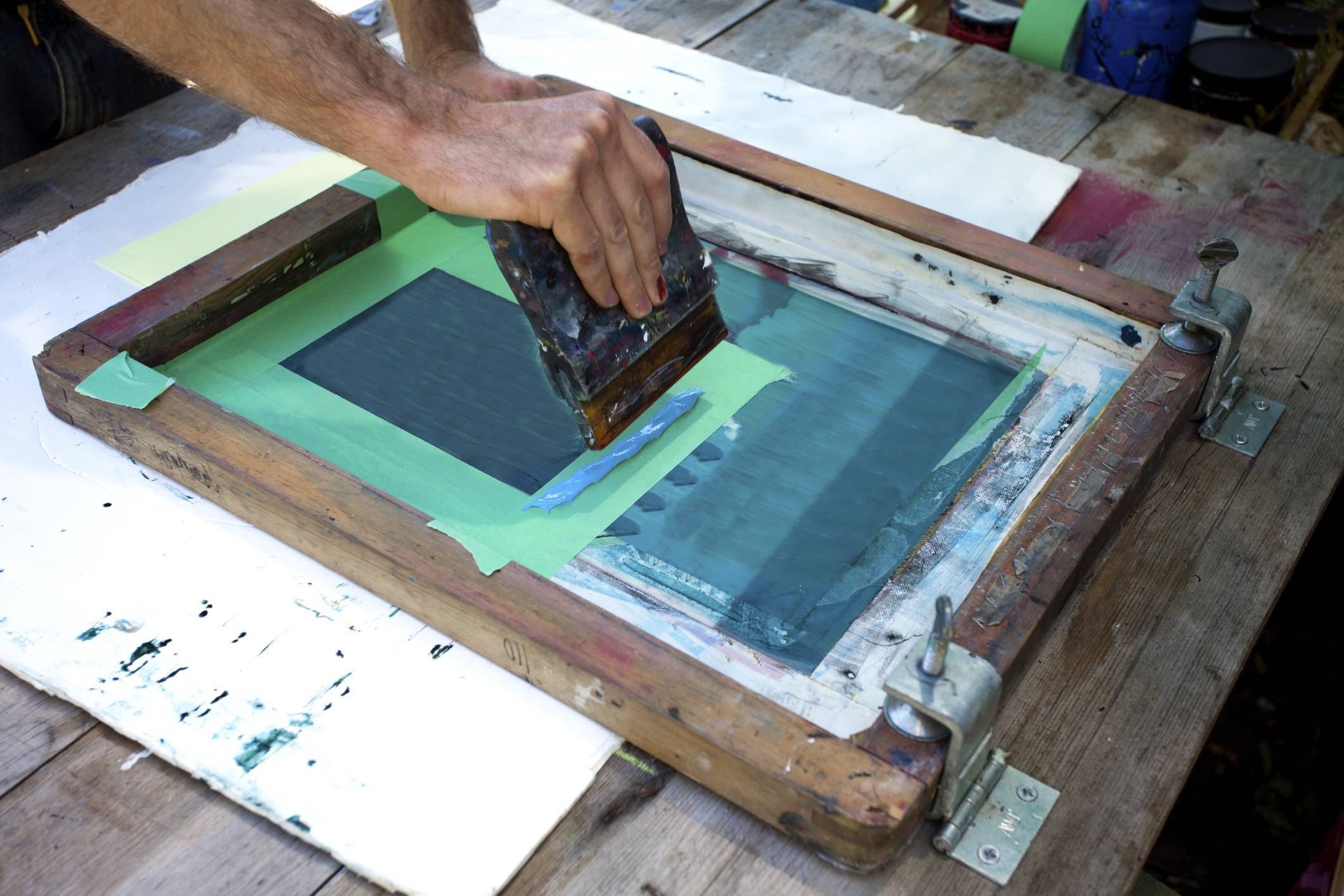ChatGPT said: 10:9 Design reviews: uncovering the strengths and weaknesses
The Important Guide to Recognizing Screen Printing and Its Versatile Uses
Screen printing has an abundant history that goes back to old times, progressing into an innovative method utilized across numerous sectors today. This guide checks out the ins and outs of the screen printing process, describing its applications in home, advertising and marketing, and fashion style - 10:9 Design near me. Comprehending these basics can open up imaginative capacity for both commercial and creative tasks. The complying with areas will certainly expose essential suggestions and techniques to boost one's screen printing undertakings
The History of Screen Printing
Although screen printing has origins that map back centuries, its development reflects the technological and imaginative innovations of numerous societies. Originating in ancient China, the strategy was at first used for embellishing textiles and later infect Japan, where it became essential to Ukiyo-e woodblock printing. The approach changed to Europe in the 18th century, where it gained appeal amongst artisans and commercial printers. The development of image emulsion in the 20th century reinvented screen printing, enabling even more intricate layouts and greater efficiency. Musicians like Andy Warhol additionally pushed its appeal, using the tool to create famous jobs that mixed commercialism and art. By the late 20th century, screen printing had developed itself as a functional technique, used in vogue, marketing, and art. Today, it proceeds to advance, integrating digital modern technology and expanding its applications across different sectors.
The Screen Printing Process Explained
Screen printing changes artistic visions right into concrete styles via a series of precise steps. Originally, a picture is created and after that transferred onto a screen, generally constructed from fine mesh textile extended over a framework. A light-sensitive solution is put on the screen, which is exposed to light, hardening in locations not covered by the picture. After rinsing the unhardened solution, a stencil is created.
Next off, the screen is put over the substratum, whether it be fabric, paper, or an additional material. Ink is after that pushed via the open areas of the stencil making use of a squeegee, transferring the design onto the substrate listed below. This procedure can be duplicated for multiple colors, calling for different displays for each and every color. Finally, the published thing is healed utilizing heat to ensure the ink adheres properly, causing a durable, dynamic style prepared for usage.
Kinds Of Screen Printing Techniques

Additionally, specialty strategies, such as discharge screen printing, eliminate dye from the fabric to create softer prints, while aluminum foil screen printing applies metal aluminum foil to accomplish a shiny coating (10:9 Design near me). Each strategy offers unique features, providing to numerous creative needs and manufacturing scales, inevitably increasing the opportunities within the screen printing domain
Applications of Screen Printing in Different Industries

Furthermore, the signage and advertising and marketing industries utilize screen printing for producing attractive screens and banners. This technique permits strong shades and elaborate styles that record attention. In electronics, screen printing is used for applying conductive inks to circuit boards, vital for element connections. Moreover, the home style market accepts screen printing to generate distinctive layouts on fabrics and wall surface art. On the whole, screen printing acts as a critical tool across varied areas, enhancing products with personalized and aesthetically attractive graphics.
Tips for Successful Screen Printing Projects
While taking on a screen printing job, careful attention to information can considerably improve the last result. Initially, choosing top quality materials is crucial; this consists of the screen, inks, and substratums. Utilizing appropriate mesh matters can influence ink deposition and detail resolution. Preparation is just as crucial; comprehensive cleansing of screens and correct direct exposure times guarantee crisp prints.
Next, precise enrollment is critical for multi-color prints. Using placement tools can assist achieve specific layering. Additionally, screening prints on scrap materials before production aids determine prospective issues without losing resources.

Regularly Asked Inquiries
What Products Are Finest for Screen Printing on Material?
Cotton and polyester blends are optimal for screen printing on textile as a result of their sturdiness and ink absorption. Furthermore, specialized materials like silk or canvas can generate special structures and coatings, improving the general design top quality.
How Do I Tidy and Maintain Screen Printing Tools?
To cleanse and preserve screen printing equipment, one need to regularly clean displays with suitable solvents, examine squeegees get more info for wear, oil relocating components, and store all items in a completely dry, dust-free setting to lengthen their life-span.
What Are the Ecological Impacts of Screen Printing?
Screen printing can have substantial ecological influences, including chemical waste from solvents and inks, water usage during cleansing processes, and power usage. Eco-friendly materials and sustainable practices are crucial for minimizing these unfavorable results.
Can Screen Printing Be Done at Home Efficiently?
Screen printing can be properly done at home with the ideal materials and methods. Enthusiasts can develop quality prints, though success relies on their skill level, tools, and understanding of the process entailed.
What Are the Costs Connected With Beginning a Screen Printing Company?

Starting a screen printing service includes expenses for tools, materials, and workspace. Initial costs typically vary from a couple of hundred to a number of thousand bucks, depending on the range, quality of machinery, and desired manufacturing ability.
Screen printing has an abundant history that dates back to ancient times, advancing into an innovative technique used throughout different industries today. Another technique, rotating screen printing, employs round displays, promoting constant printing on textile rolls, thus boosting effectiveness for large productions. In addition, specialty strategies, such as discharge screen printing, remove color from the fabric to develop softer prints, while foil screen printing uses metallic foil to attain a shiny finish. In the fashion field, screen printing is commonly made use of to produce vivid layouts on apparel, allowing brand names to showcase their one-of-a-kind styles. Cotton and polyester blends are ideal for screen printing on textile due to their toughness and ink absorption.